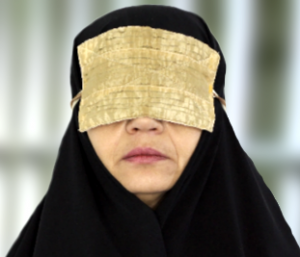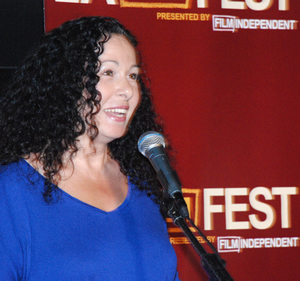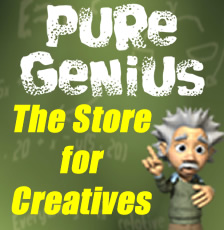LA Film Fest: ‘My Stolen Revolution’
Originally published on blogcritics.org
“My brother refused to tell the authorities where I was hiding, and because of that he was executed,” explained Nahid Persson Sarvestani, creator of the documentary My Stolen Revolution, which held its North American premiere at the LA Film Fest. Sarvestani was a member of the resistance to the Shah of Iran, participating in the revolution that resulted in the Shah being overthrown in 1979. Victory was short lived, because when Islamists took over the government, she had to flee to avoid imprisonment. My Stolen Revolution tells of her quest to reconnect with the friends she left behind.
The film documents Sarvestani’s decision to find people she had worked alongside to depose the Shah.
Under the Shah, although political activity was brutally suppressed, women were socially and educationally very liberated. When the Islamists installed Ayatollah Khomeini, a new tyranny was imposed, especially on women. Resistance to the Islamists resulted in mass imprisonments. We see Sarvestani create a list of friends. We then see the names crossed off as she discovers that they are no longer alive. The long list finally reaches only five names. She then sets out on a multi-continent quest to find them. Succeeding, she brings them all together for a reunion, ultimately learning of her brother’s last days.
The film works on two levels. It documents Sarvestani‘s quest, motivated in part by her guilt for escaping from the Islamists while her friends were imprisoned. It also illustrates how different people deal with incredibly barbaric captivity, beatings and torture. As her friends reminisce about their time in prison, they create a vivid and horrible picture of the Mullah’s regime for which no brutality went too far when done in the name of their Islamist goals.
One of the women saved the hijab and blindfold she was forced to wear in prison. She recalled how she was forced to continuously wear the blindfold so she would never know when she was about to be beaten. Another woman created a miniature sculpture of the prison cell and prisoners where she was confined for years. I was reminded in listening to them of old soldiers talking about their experiences, so horrible when they occurred, yet reconnecting them to the spirit of the struggle when recalled twenty years later.
The film is in Farsi with English subtitles, which makes it challenging to keep up for an English speaker. During the question and answer session after the film, Sarvestani explained that the real audience for the film is modern day Iranians who have grown up in the years after the revolution. She was asked how she would distribute the film under the still oppressive Mullah controlled regime. Her translator volunteered that Iranians were really good at pirating content on the Internet and he was sure it would be widely viewed in Iran.
During the film, from the dialog such as “Sing, Comrades” and a picture of Karl Marx hanging from her keychain, it was made clear that Sarvestani and her companions were Communists. I asked, “As history has shown that Communist regimes have murdered as many as had the Islamists, how could she justify her philosophy?” Sarvestani said the she was no longer a Communist, and that she believed in democracy. In Iran, in the 1970s, she explained, Communism seemed to offer the only alternative to the Western-leaning Shah.
Another audience member asked if the recent election results in Iran offered any hope of reform. Sarvestani said that they did not. “The new president is also a puppet of the Mullahs. They don’t let anyone run who does not support them,” she said.
Sarvestani ended on a frightening, yet hopeful note. “The Iranian people,” she said, “are like a bomb. They just need something to set them off.”
More information about this film can be found at its site: http://www.mystolenrevolution.com/.




